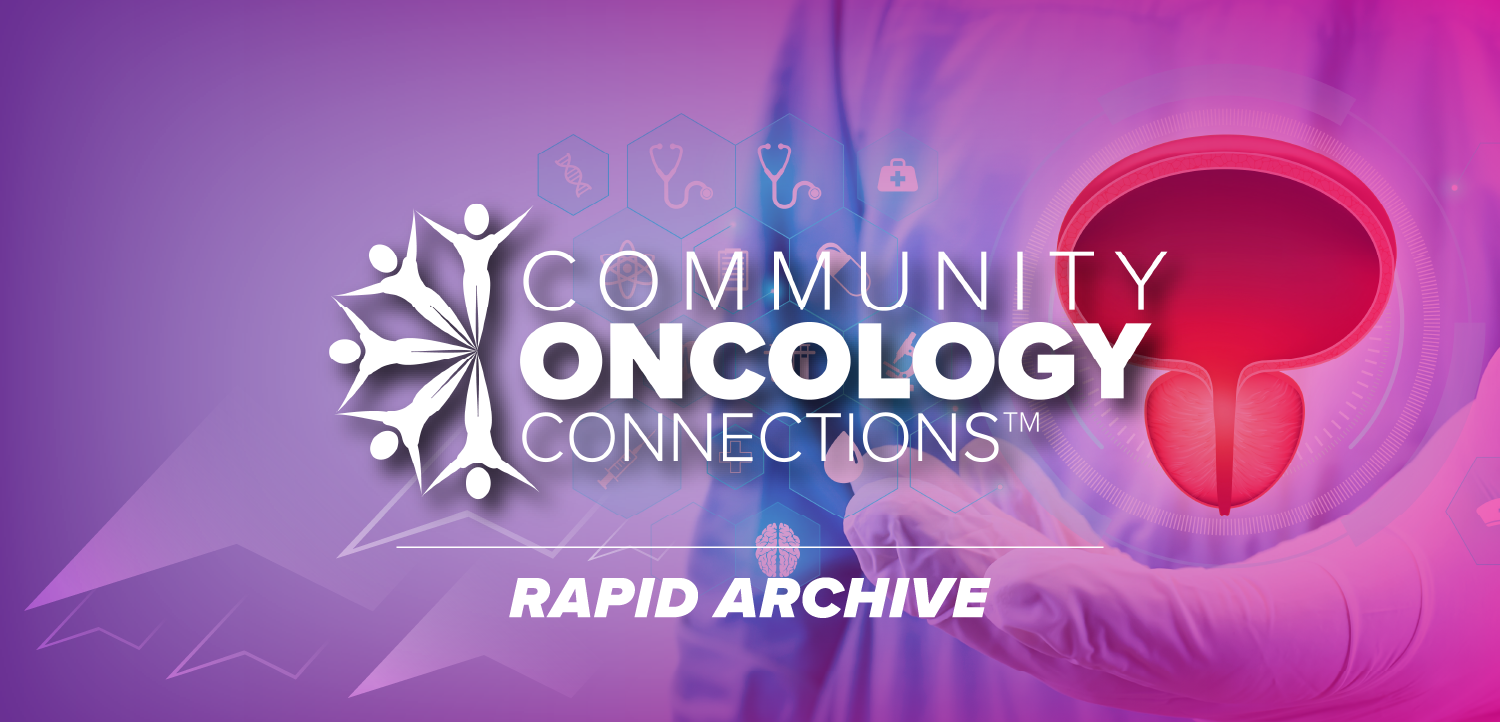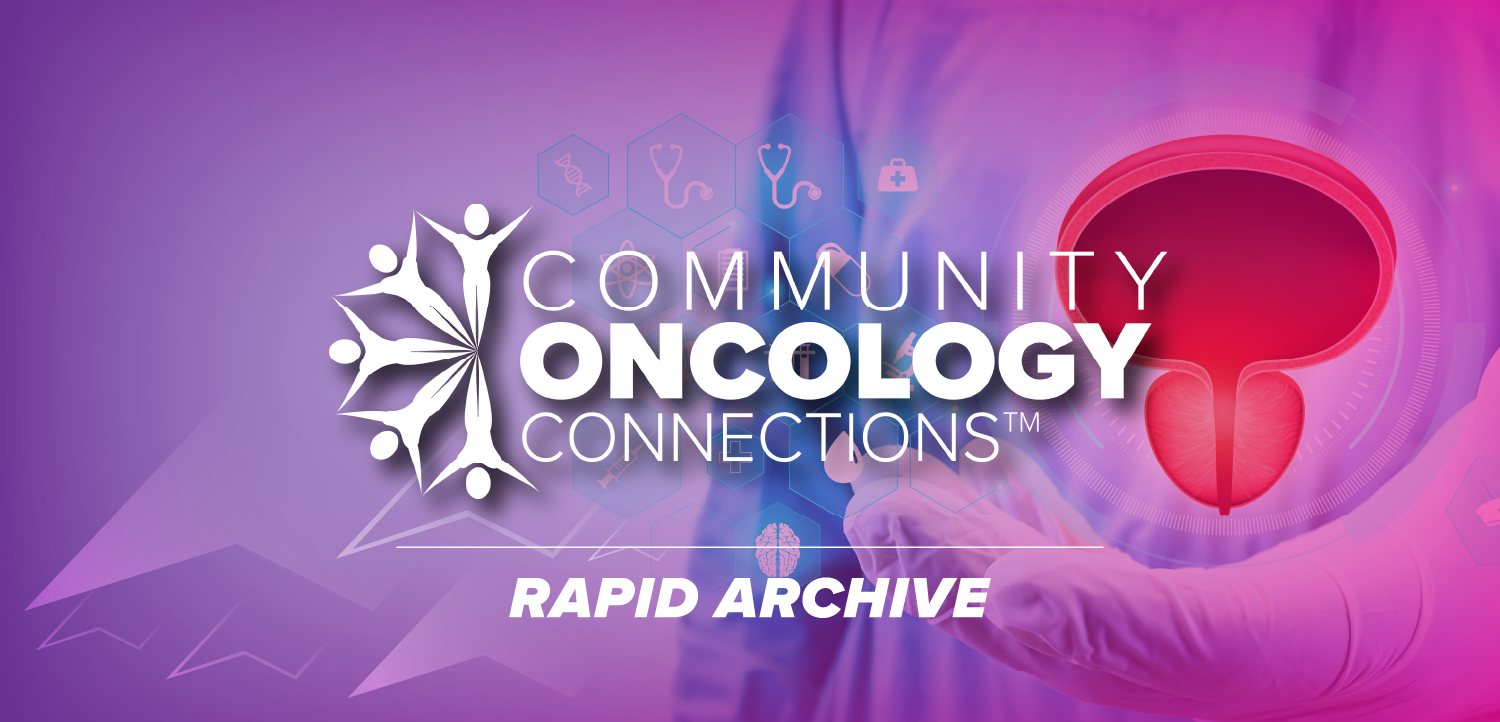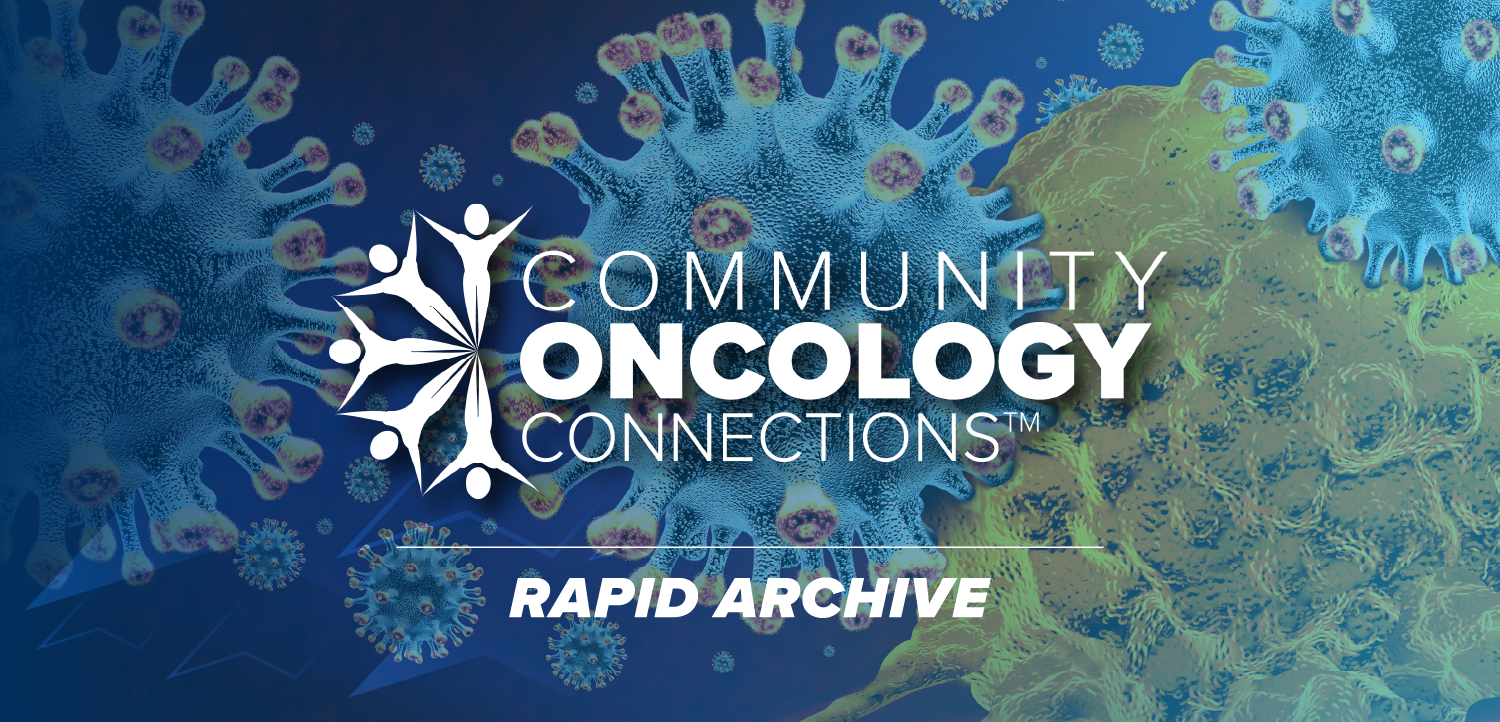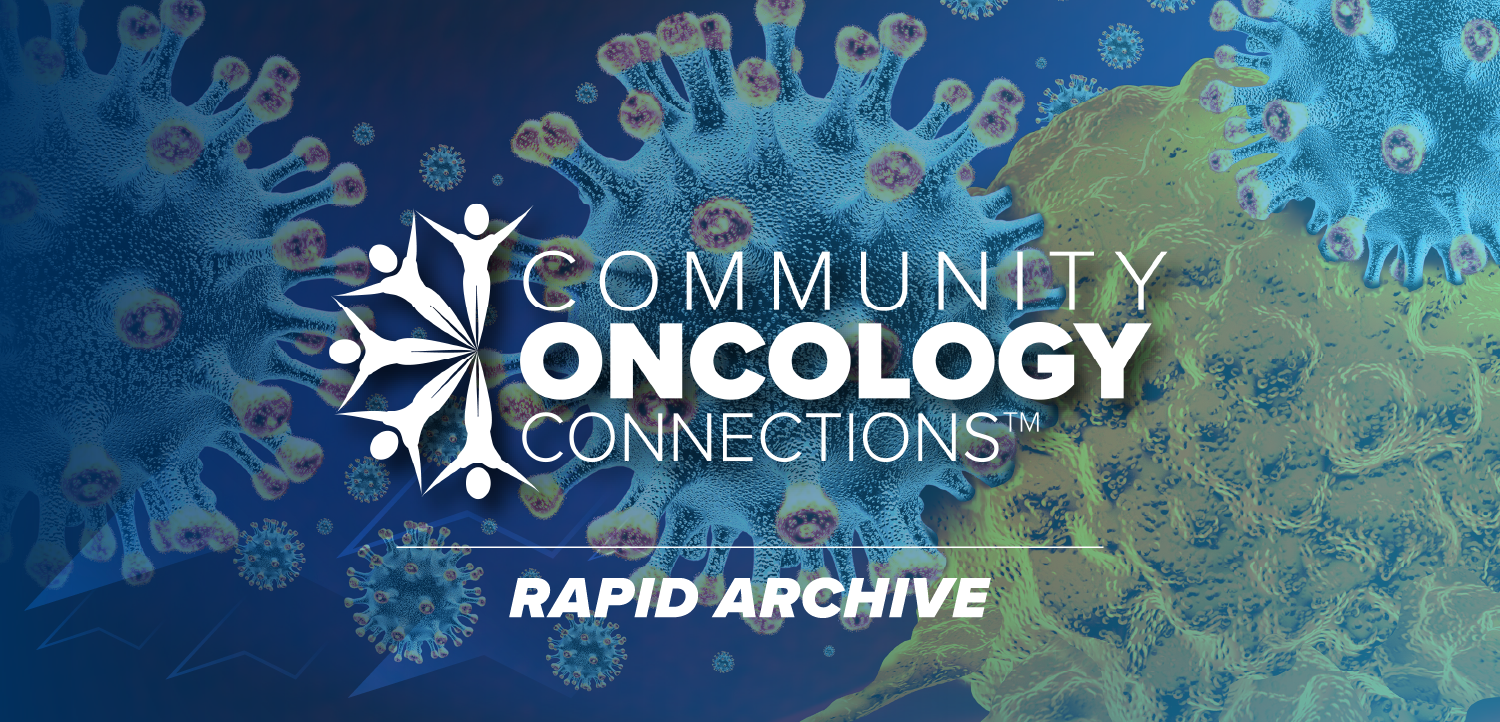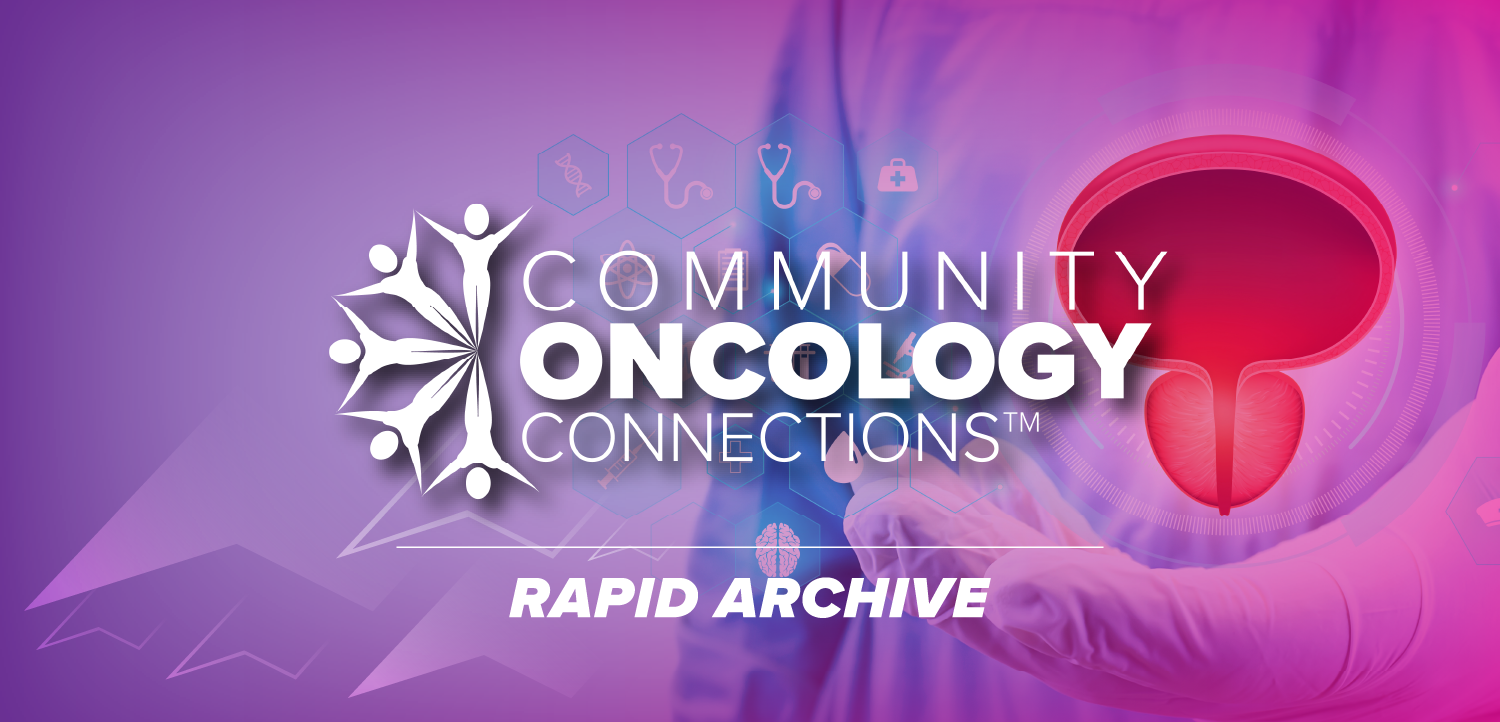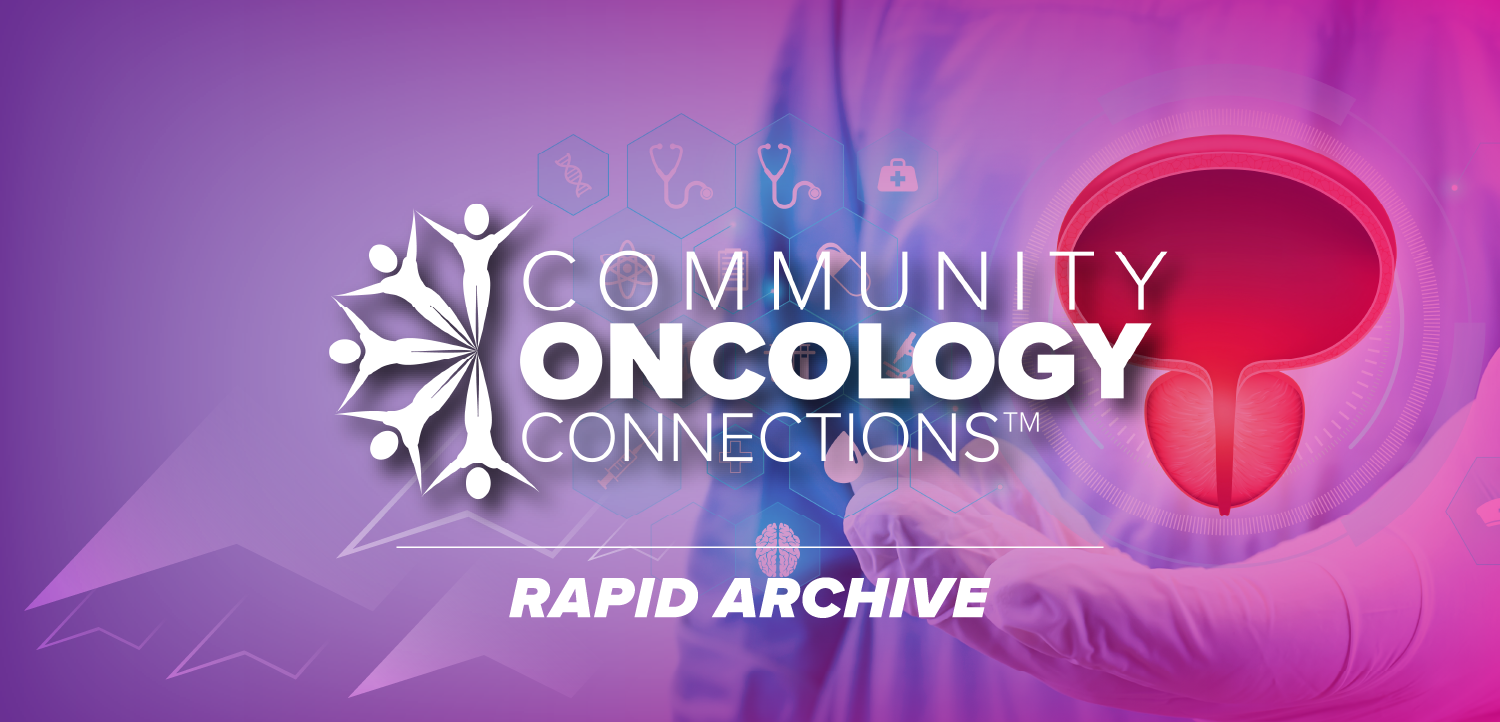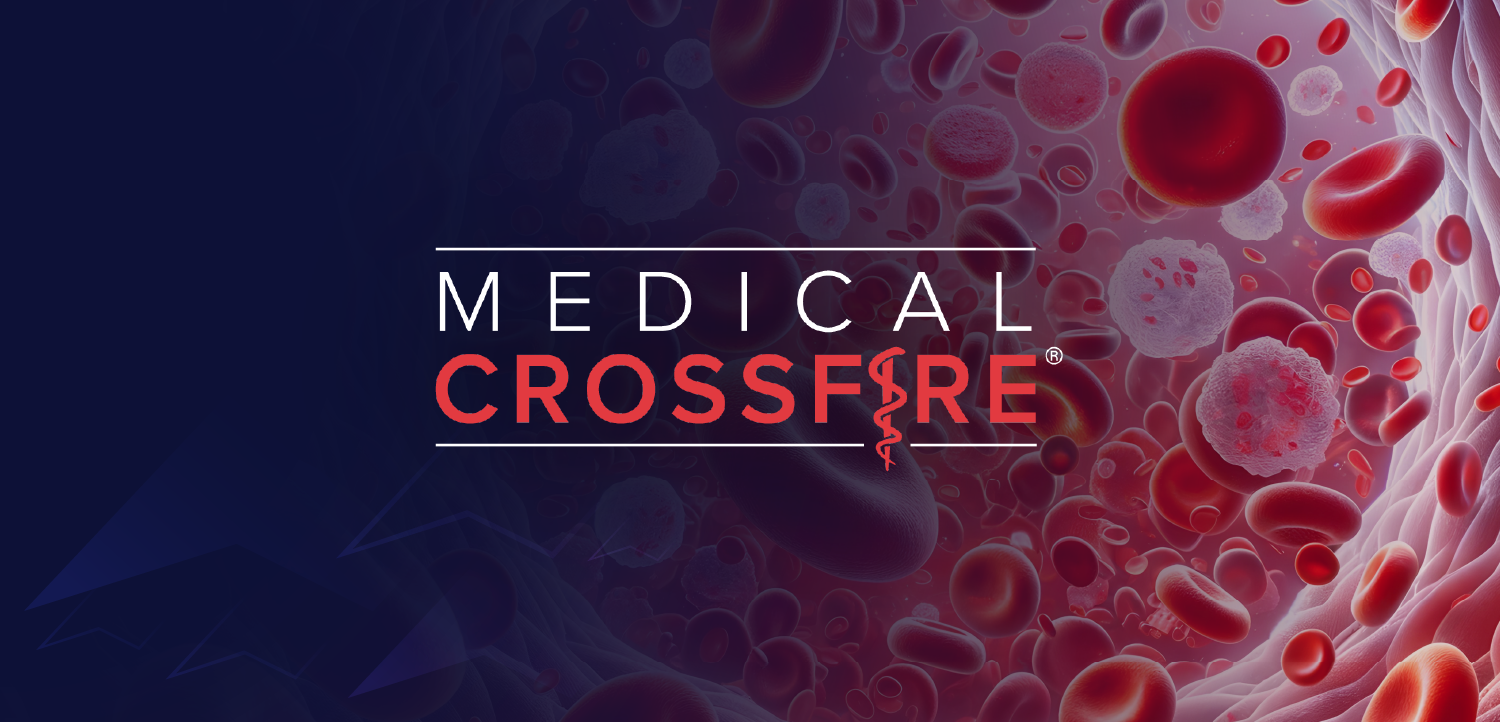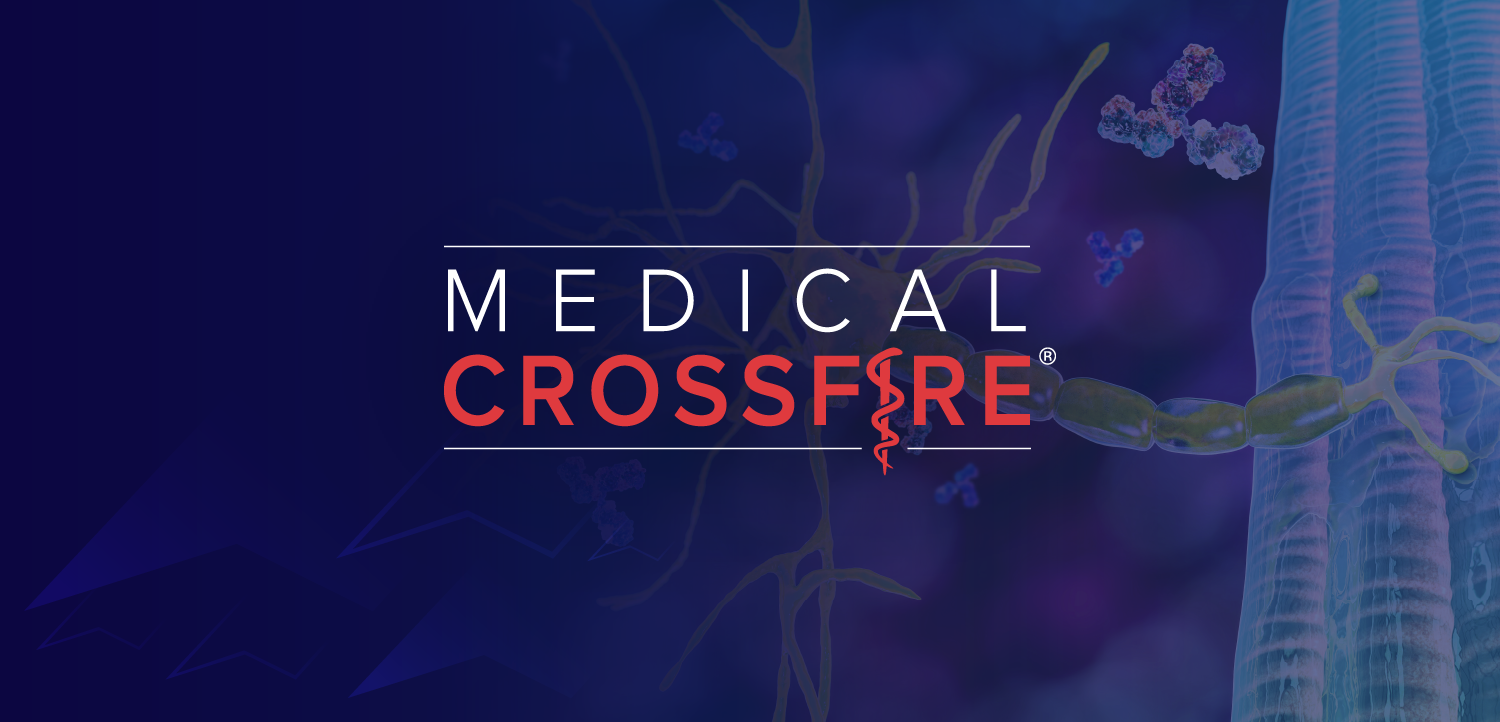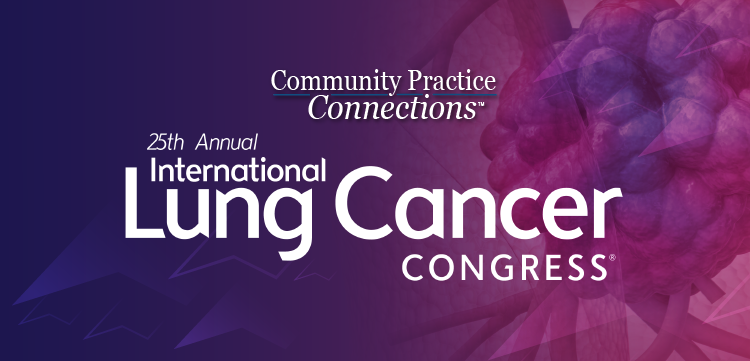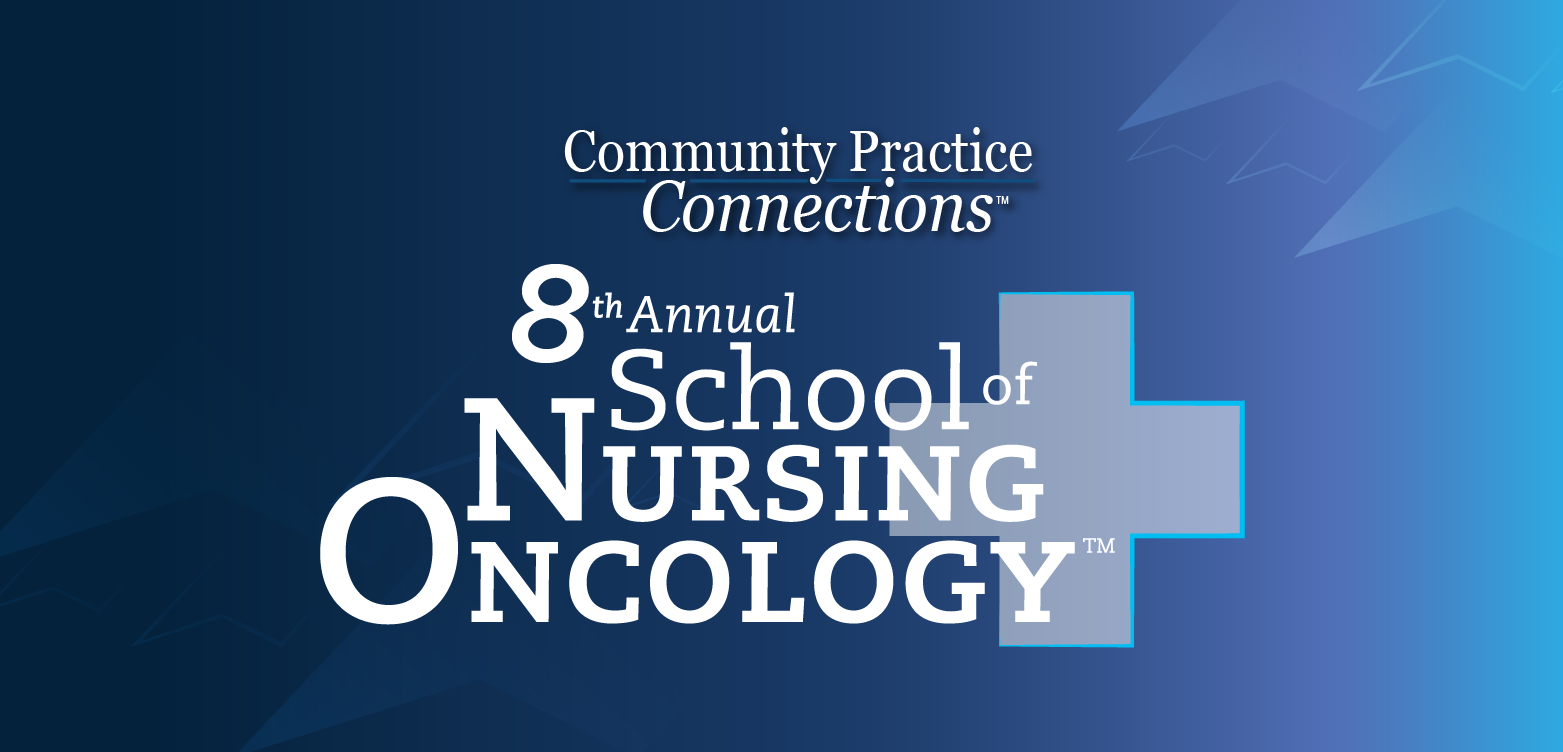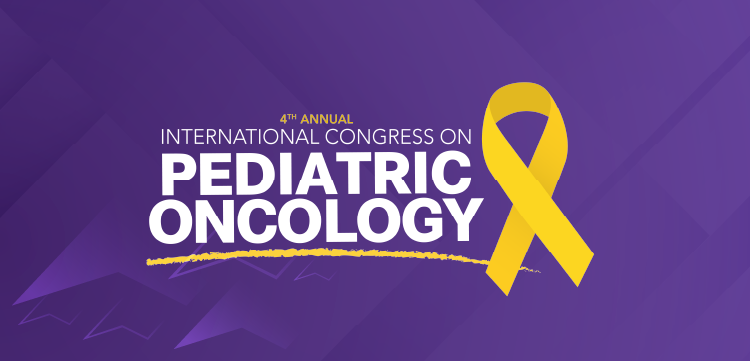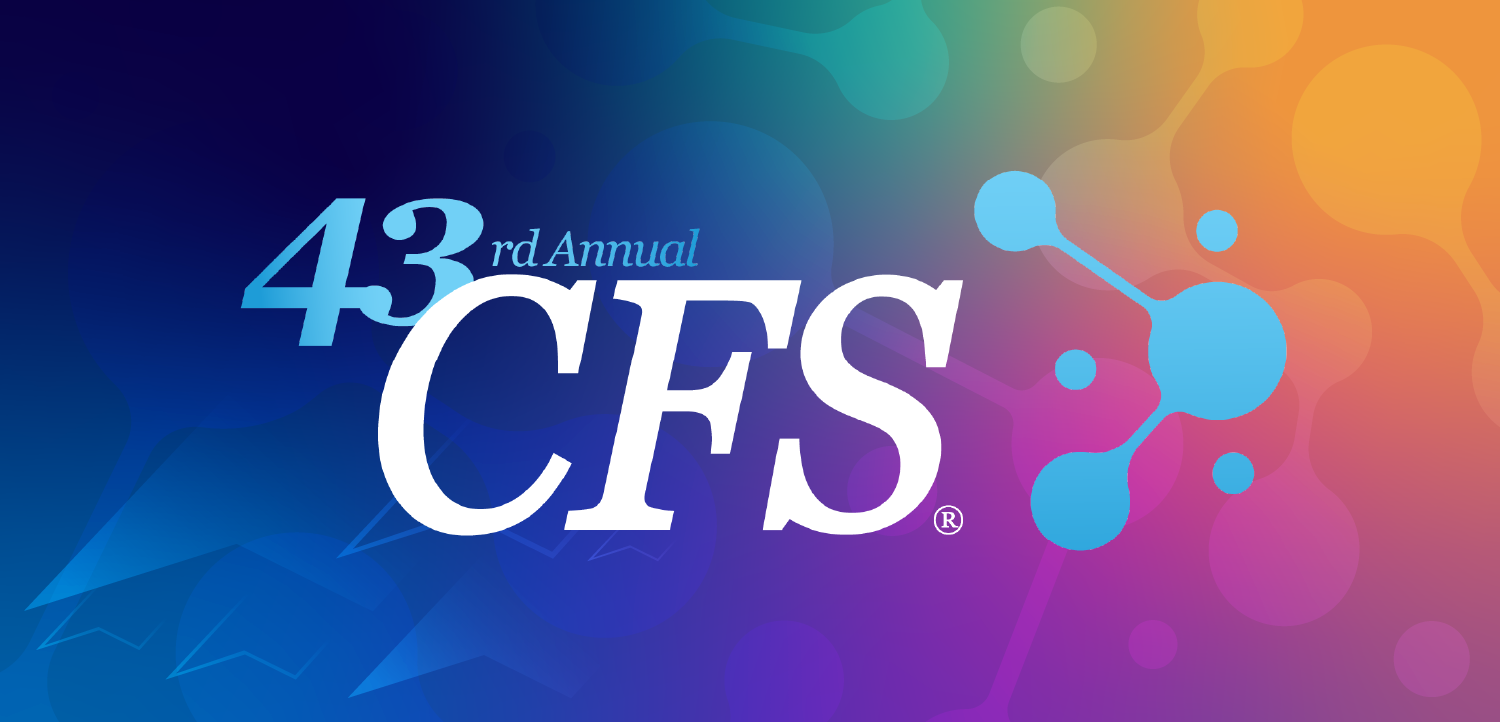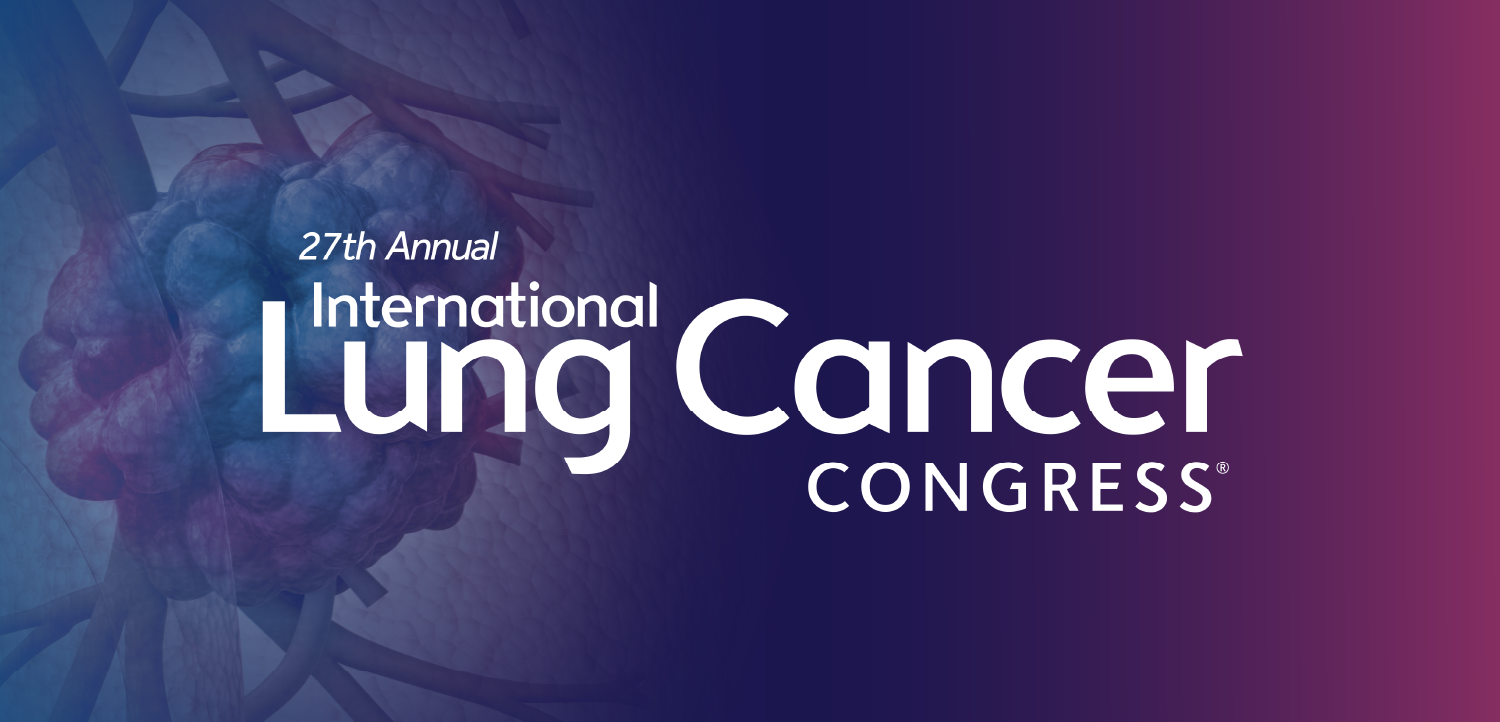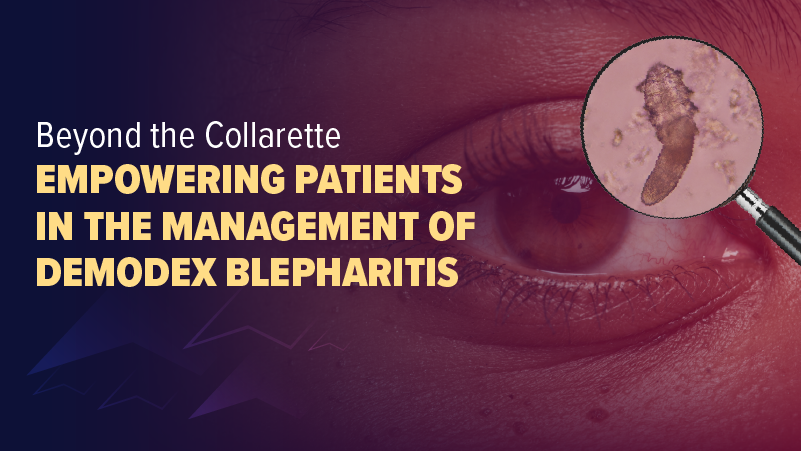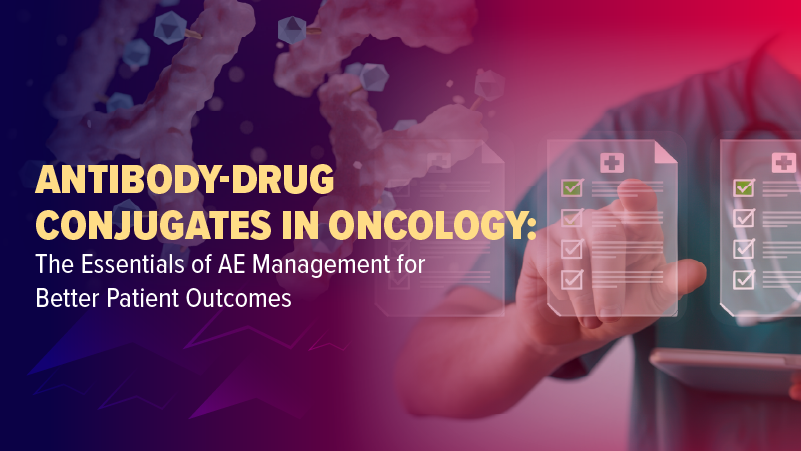
Atopic Dermatitis: The Pipeline and Clinical Approaches That Could Transform the Standard of Care
Patient Care tapped the rich trove of research and expert perspective from the 2025 Revolutionizing Atopic Dermatitis meeting to create a snapshot of the AD care of the future.
The annual Revolutionizing Atopic Dermatitis (RAD) conference, held in June, brought together expert researchers and clinicians to review the latest clinical and mechanistic findings and discuss how they may influence the care of atopic dermatitis (AD). This year’s meeting highlighted new clinical evidence, ongoing challenges in practice, and emerging approaches that could guide future standards of care.
Patient Care© editors elected to review the main themes from RAD 2025 for the comprehensive view they provide on progress in the therapeutic pipeline with increasingly targeted treatments; the shift toward more collaborative, patient-centered management; and strategies to address clinical complexities across different patient populations.
1. The Expanding Therapeutic Arsenal: Next-Generation Treatment Strategies
The therapeutic landscape for atopic dermatitis is undergoing rapid and significant progress. Discussions at RAD 2025 made it clear that the field is moving decisively away from broad immunosuppression and towards a new era of highly specific, mechanism-based treatments. The shift is about more than adding treatment options; it represents a fundamental effort to improve efficacy, enhance safety, and tailor therapy to the individual patient, promising a more hopeful future for those living with the disease.
Novel Pathways and Targeted Therapies
A central theme of the conference was the exploration of novel biological pathways that drive AD. As highlighted by
The focus on new mechanisms adds to an already rich pipeline. According to
Optimizing Current Treatments: Flexible and Real-World Dosing
Beyond the development of new molecules, experts emphasized the importance of optimizing the use of currently available advanced therapies. A key takeaway from sessions by
Emerging Clinical Evidence and Special Populations
The conference was also an opportunity to showcase the latest clinical evidence, with a notable emphasis on long-term outcomes and the inclusion of diverse patient populations who have been historically underrepresented in clinical trials.
- Lebrikizumab: The presentation of positive efficacy and safety data in
patients with skin of color addresses a critical evidence gap and supports its use in achieving more equitable outcomes across diverse populations. - Upadacitinib: Real-world data confirming its effi
cacy in both biologic-naïve and biologic-experienced adults validate its clinical utility across the treatment spectrum, from first-line advanced therapy to a subsequent option after other biologics.
- Dupilumab: Research demonstrating improvement in
AD severity and associated pigmentary changes reinforces its value in addressing not just inflammation but also the post-inflammatory sequelae that are a major quality-of-life concern in people with skin of color. - Nemolizumab: Long-term data extending up to 2 years provide critical reassurance of its
durable safety and sustained efficacy , supporting clinician confidence for long-term prescribing. - Ruxolitinib cream: Findings on its
long-term safety and disease contro l in young patients help fill a crucial need for effective, non-steroidal topical options in a vulnerable pediatric population.
Collectively, these findings underscore a maturation of the therapeutic landscape. The growing body of evidence for long-term safety and the specific focus on efficacy in diverse populations are critical for building clinician confidence and expanding access to transformative treatments for all patients.
This wave of therapeutic innovation, however, brings a new clinical imperative: the most advanced pharmacology will fail to achieve its full potential unless it is delivered within a framework of comprehensive, empathetic, and collaborative patient care.
2. Beyond the Prescription: A Holistic and Collaborative Approach to Care
Insights from the RAD meeting underscore that clinical success extends far beyond the prescription pad. The consensus among experts is that optimal care requires a holistic model that proactively addresses the profound psychosocial burden of the disease and is rooted in robust, multidisciplinary collaboration.
The 'Invisible Pain': Addressing the Psychosocial Burden
In a series of impactful sessions, Mona Shahriari, MD, framed atopic dermatitis as
Shahriari addressed the gravity of this burden by frankly discussing the associated suicide risk, emphasizing the clinical imperative for providers to proactively and compassionately ask patients about their mental and emotional well-being. This sentiment was echoed by Gil Yosipovitch, MD, who reinforced that the
The Power of the Multidisciplinary Team
A strong collaborative framework, as outlined at RAD 2025, is essential for managing the multifaceted nature of atopic dermatitis. Presenters illustrated that the model operates on 3 crucial fronts: proactive primary care-specialist handoffs, deep patient-provider trust built through empathetic dialogue, and a multidisciplinary support network for complex cases.
First, Shahriari stressed the critical role of primary care, urging a
This holistic and collaborative framework is especially crucial when managing the distinct needs of specific patient populations and complex clinical presentations.
3. Addressing Key Populations and Clinical Challenges
The future of effective atopic dermatitis management will turn on the ability to tailor strategies to specific patient demographics and navigate complex clinical scenarios. Discussions at RAD 2025 moved beyond general principles to provide focused insights on these nuanced areas, highlighting the need for specialized knowledge and customized care plans.
Pediatric Atopic Dermatitis: A Family-Centered Approach
Managing atopic dermatitis in children requires a unique, family-centered approach that considers the patient, the caregiver, and the broader support system. Experts at the conference offered a unified perspective on this critical area.
- Expanding access: Elizabeth Swanson, MD, emphasized the ongoing need to expand access to
advanced and effective treatments for children , ensuring that the therapeutic revolution benefits the youngest patients who stand to gain the most from early, effective intervention. - The caregiver connection: Peter Lio, MD, detailed the crucial
dynamic between the patient, provider, and caregiver. He explained that successful outcomes depend on empowering caregivers with clear education and support, transforming them into confident partners in the treatment plan. - Collaborative Insights: Swanson reinforced the concept that a family-centered model is guided by the philosophy of
looking "beyond the rash. " This principle posits that true pediatric management requires shifting focus from the clinical signs to the holistic family experience, a goal that fundamentally necessitates both expanded access to transformative therapies and robust caregiver empowerment, according to Swanson and Lio, respectively.
Navigating Specialized Clinical Presentations
Clinicians are often faced with challenging presentations that can be difficult to diagnose and manage. The conference provided much-needed clarity on 2 such conditions.
Chronic Hand Eczema (CHE)
As explained by Jiade Yu, MD,
Topical Steroid Withdrawal (TSW)
Brad Glick, MD, articulated the challenge in
The Imperative of Early Intervention
A unifying message across many sessions was the profound importance of early and effective treatment. Shahriari voiced a compelling argument that timely intervention could fundamentally change a patient's life. She reminded the audience of clinicians that for them, the next appointment may be just another rash on the schedule but for the patient, it may be the reason they don't leave the house or shun intimate contact. By gaining control of the disease early, clinicians can potentially alter its long-term trajectory, mitigating the cumulative life course impairment she discussed earlier, setting patients on a path toward better health and improved quality of life.
Addressing these specific populations and clinical challenges with targeted strategies is essential for elevating the overall standard of care in atopic dermatitis.
Charting the Course for a New Era in Atopic Dermatitis Management
The insights shared at Revolutionizing Atopic Dermatitis 2025 paint a clear and optimistic picture of the future of AD care. The conference proceedings reveal a clinical field moving steadily forward, driven by 3 interconnected forces:
- a rapidly advancing therapeutic pipeline delivering unprecedented precision;
- a non-negotiable shift toward holistic, collaborative care; and
- a deeper, more empathetic understanding of the patient's lived experience.
These pillars are mutually reinforcing. The precision of next-generation therapies makes a holistic, patient-centered approach more critical than ever to translate pharmacological potential into real-world success. The convergence of evidence-based medicine and strategic clinical dialogue, as exemplified by the RAD conference, is paving the way for a more hopeful and effective future. By embracing these evolving strategies, the clinical community is better equipped than ever to change lives and chart a new course for patients with atopic dermatitis.
Newsletter
Enhance your clinical practice with the Patient Care newsletter, offering the latest evidence-based guidelines, diagnostic insights, and treatment strategies for primary care physicians.





